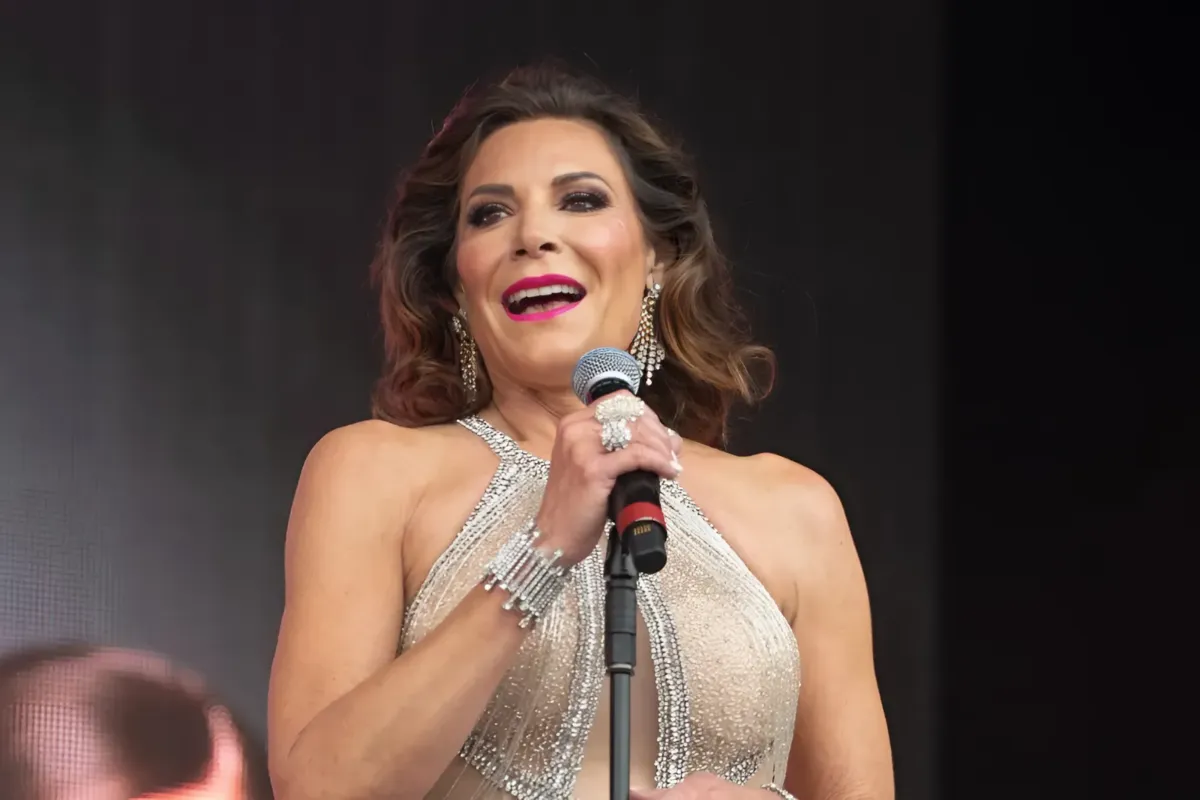The framework of the Rangers power play was created by David Quinn in late November of the 2019-20 season in which the second-year coach constructed a four-righty first unit featuring Artemi Panarin, Mika Zibanejad, Ryan Strome and Tony DeAngelo at the point with lone lefty Chris Kreider in front.
The structure has essentially remained the same, even as Adam Fox replaced DeAngelo at the point pretty much from the get-go in 2020-21 and Vincent Trocheck stepped in for Strome two years ago.
The unit has thrived from its inception under three different coaches — Quinn, Gerard Gallant and the current occupant of the office, Peter Laviolette. The power play soared at a 29 percent rate the final four-plus months of 2019-20. The Rangers were third in the league last year at 26.4 percent. Over the past three seasons, the Blueshirts’ PP ranks fourth at 25.2 percent behind Edmonton (28.4), Tampa Bay (25.9) and Toronto (25.7).
Artemi Panarin skates during the Rangers’ preseason game against the Islanders on Sept. 24.
Alexis Lafreniere is pictured during Game 5 of the Eastern Conference Final last season.
At the start of a camp that is now 10 days old, Laviolette discussed finding the “balance” of perhaps wanting to give other plays more time with the man advantage — the subject of the conversation was of course Alexis Lafreniere — while acknowledging the first power play unit was one of the best in the league for years.
But here is an imbalance that is implanted in my brain:
Over the first six games of last year’s tournament, the Rangers went 10-for-25 on the power play — 6-for-16 against Washington and 4-for-9 against Carolina.
Over the final 10 games of the playoffs, the Rangers went 2-for-25 with the man advantage — 1-for-10 against the Canes and 1-for-15 against the Cats.
The thing was: Laviolette did not shake it up and did not elevate Lafreniere — who by the middle of the conference finals had separated himself from every forward in the room — onto the first unit. We talked about it at the time. I thought it was a mistake not to give Lafreniere more room to run when he was the personification of the political slogan, “He is fresh and everyone else is tired.”
But let’s fast-forward to Friday, when the Rangers presented two distinct units split by top-six line combinations. On one unit, Kreider, Zibanejad, Reilly Smith, Fox and Filip Chytil, and on the other, Panarin, Trocheck, Lafreniere, Brennan Othmann and Zac Jones. That’s how they set it up Tuesday against the Islanders.
You might consider the unit with Kreider and Fox to be 1A, but would you like to tell Panarin and Trocheck they are on a B unit of this? Be my guest.
This could turn into a tricky one if the Rangers opt to go this way. There will be more players in the mix getting added ice time, and there will be an alternative if one unit is shut down, but the guys on PP 1-AND-ONLY the last half-decade are going to lose time. The mentality may change, too, if the first unit on feels pressure to get it done quickly before replaced.
“I think some teams do have a 1A and a 1B,” Laviolette said. “We’re working through that. We’re looking at it.”
I’ve screamed for years about the first-and-only unit’s intermittent entitlement in essentially refusing to change even after 100 seconds of nothing. That, though, was never an issue last year. The first unit just got essentially all the time (and was on for 59 of the club’s 65 PPGs).
Chris Kreider moves the puck during the Rangers’ preseason game on Sept. 26.
Panarin was on for 76 percent of the team’s power play minutes, with Kreider at 75, Trocheck at 74, Zibanejad 72.7 and Fox at 66.5 while missing 10 games. That doesn’t leave much time for others.
But then there is this to consider: Essentially every big-time power play that includes multiple marquee forwards operates the same way. The first unit stays on until it scores.
Tampa Bay led the NHL at 28.6 percent power play efficiency. Nikita Kucherov was on for 83.5 percent of the Lightning’s man-advantage, with Brayden Point at 75.6, Steven Stamkos at 75.1, Victor Hedman at 69.3 and Nick Paul at 64.2 percent.
Edmonton was fourth at 26.3 percent. Evan Bouchard received 76.7 of the Oilers’ PP time with Leon Draisaitl at 75.3, Ryan Nugent-Hopkins at 73.4, Zach Hyman at 71.5 and Connor McDavid at 70.9 percent.
Colorado was fifth at 24.5 percent. Nathan MacKinnon was for on 80.9 percent of the PP for the Avalanche while Mikko Rantanen was on for 80.7 and Cale Makar for 69.1 percent.
The exception was Carolina, who finished second at 26.9. Wes Jarvis led the Canes with 59.9 percent of power play time with Sebastien Aho at 57.4 and Brett Burns at 54.4 percent.
Of course, their two units went 2-for-21 against the Rangers in the second round.
This is a tough one. The Rangers do need to diversify and spread the wealth. But they would be fixing something that was not broken — until it was.
To 1A/1B or not to 1A/1B? That is the question.






